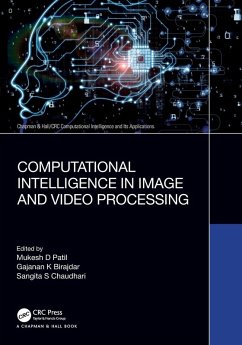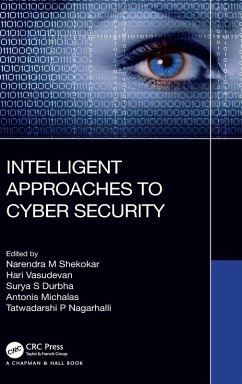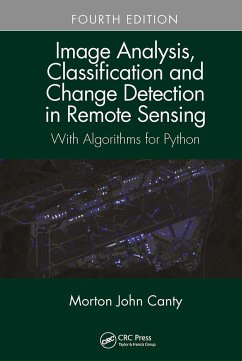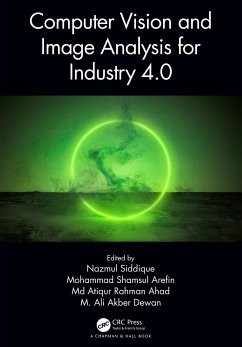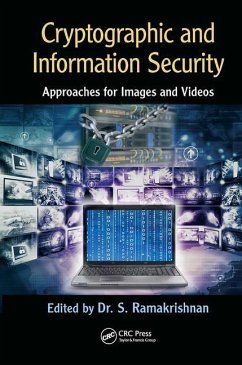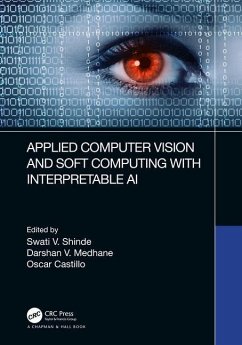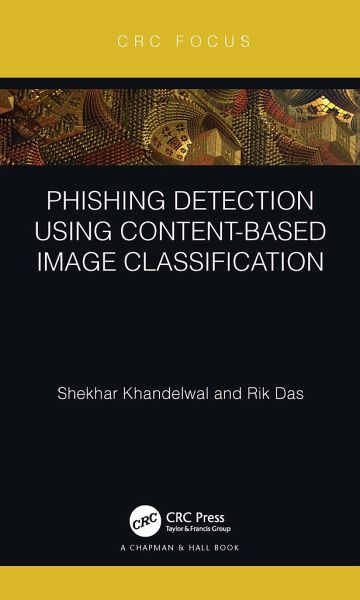
Phishing Detection Using Content-Based Image Classification
Versandkostenfrei!
Versandfertig in 6-10 Tagen
58,99 €
inkl. MwSt.
Weitere Ausgaben:

PAYBACK Punkte
29 °P sammeln!
Phishing Detection Using Content-Based Image Classification is an invaluable resource for any deep learning and cybersecurity professional and scholar trying to solve various cybersecurity tasks using new age technologies like Deep Learning and Computer Vision. With various rule-based phishing detection techniques at play which can be bypassed by phishers, this book provides a step-by-step approach to solve this problem using Computer Vision and Deep Learning techniques with significant accuracy.The book offers comprehensive coverage of the most essential topics, including:Programmatically rea...
Phishing Detection Using Content-Based Image Classification is an invaluable resource for any deep learning and cybersecurity professional and scholar trying to solve various cybersecurity tasks using new age technologies like Deep Learning and Computer Vision. With various rule-based phishing detection techniques at play which can be bypassed by phishers, this book provides a step-by-step approach to solve this problem using Computer Vision and Deep Learning techniques with significant accuracy.
The book offers comprehensive coverage of the most essential topics, including:
Programmatically reading and manipulating image data
Extracting relevant features from images
Building statistical models using image features
Using state-of-the-art Deep Learning models for feature extraction
Build a robust phishing detection tool even with less data
Dimensionality reduction techniques
Class imbalance treatment
Feature Fusion techniques
Building performance metrics for multi-class classification task
Another unique aspect of this book is it comes with a completely reproducible code base developed by the author and shared via python notebooks for quick launch and running capabilities. They can be leveraged for further enhancing the provided models using new advancement in the field of computer vision and more advanced algorithms.
The book offers comprehensive coverage of the most essential topics, including:
Programmatically reading and manipulating image data
Extracting relevant features from images
Building statistical models using image features
Using state-of-the-art Deep Learning models for feature extraction
Build a robust phishing detection tool even with less data
Dimensionality reduction techniques
Class imbalance treatment
Feature Fusion techniques
Building performance metrics for multi-class classification task
Another unique aspect of this book is it comes with a completely reproducible code base developed by the author and shared via python notebooks for quick launch and running capabilities. They can be leveraged for further enhancing the provided models using new advancement in the field of computer vision and more advanced algorithms.






